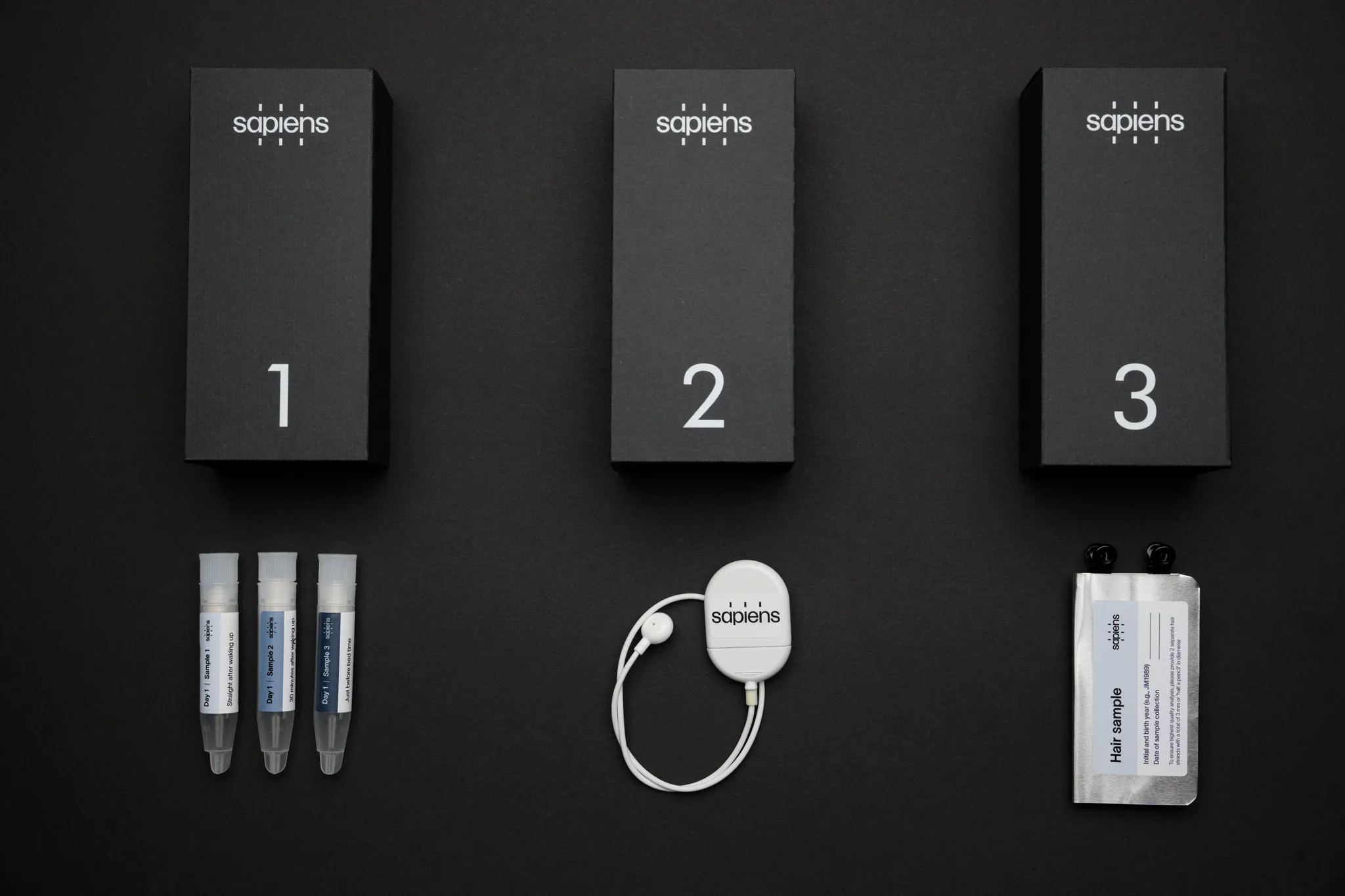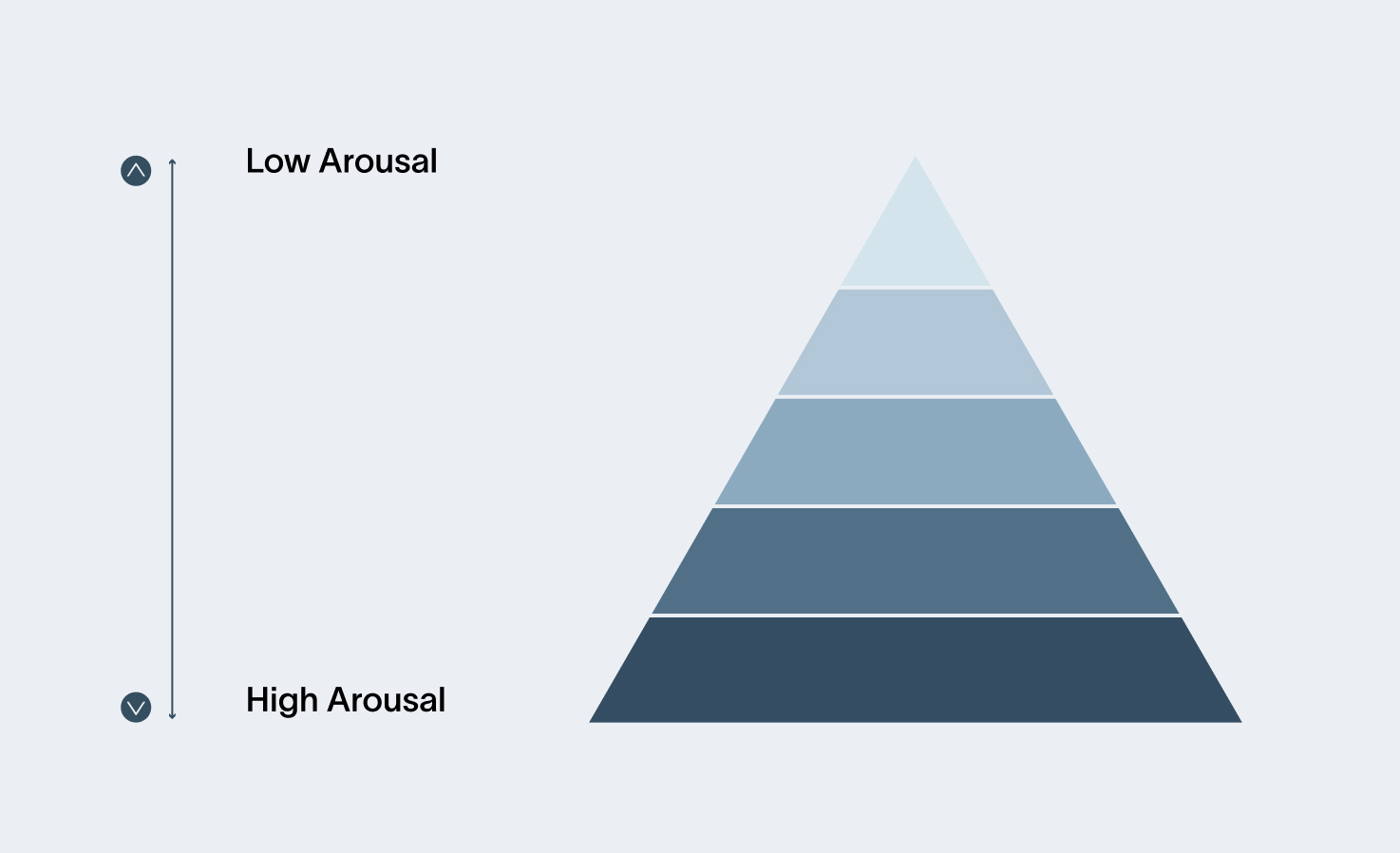Nervous System Mastery: Manage your Physiological State
The autonomic nervous system (ANS) is a critical component of human physiology, regulating involuntary functions such as heart rate, digestion, and respiratory rate. It is divided into two primary branches: the sympathetic nervous system (SNS) and the parasympathetic nervous system (PNS). These two branches work together to maintain balance, ensuring that the body responds to external demands while also recovering and restoring energy.
The Autonomic Nervous System and its role in Daily Work
The sympathetic nervous system is responsible for acute stress responses. It increases alertness, enhances focus, and mobilizes the body for action - often referred to as the "fight-or-flight" response. While essential for productivity and action, chronic activation of the SNS can lead to nervousness, restlessness, and fragmented thinking.
On the other hand, the parasympathetic nervous system facilitates recovery, promotes relaxation, and enhances cognitive flexibility. Activation of the PNS is associated with states of empathy, active listening, and creativity. The PNS plays a crucial role in energy restoration and complex decision-making, allowing individuals to approach problems with a broader, more integrative perspective.
In many professional environments, leaders spend the majority of their day in a heightened state of SNS activation. This imbalance, often evident in physiological assessments such as ECG diagnostics, reduces access to the qualities governed by the PNS—such as creative thinking, emotional intelligence, and deep problem-solving.Since the parasympathetic nervous system is essential for long-term performance and well-being, understanding how to modulate nervous system states is crucial for sustainable success.

Different levels of nervous system activation influence behavioural outcomes in specific ways. Research has shown that acute stress leads to habitual, rigid information processing, making individuals more reliant on automatic behaviours (Dandolo & Schwabe, 2016, Hermans et al., 2014, Nitschke et al., 2019). While this response may be beneficial for routine tasks, it hampers creative problem-solving and adaptive thinking.
Creativity, on the other hand, has been linked to the ability to enter a relaxed state. Studies suggest that individuals with higher parasympathetic activity exhibit greater creative potential (Meier et al., 2020), and stimulating the vagus nerve - closely related to the PNS - can enhance creative performance (Colzato et al., 2018).
Similarly, empathy and active listening are more readily accessible when the nervous system is in a lower activation state. Research indicates that while stress can sometimes heighten focus on social cues, prolonged SNS activation tends to reduce cognitive and affective empathy (Nitschke et al., 2023).
Additionally, acute stress influences decision-making. Under high stress, individuals rely more on habitual patterns rather than assessing novel information, often leading to suboptimal choices (Potts, 2018). The presence of stress hormones like cortisol and norepinephrine has also been found to shift decision-making from a deliberative approach to a more intuitive, loss-averse style (Margittai, 2019).
Techniques to Modulate Your Nervous System
Various tools enable dynamically shifting between high and low arousal states to meet different work demands. Simple yet effective techniques for nervous system regulation include breath control, attentional shifts, body tension regulation, and visual focus.”

1. Breathing Techniques
Breathing patterns have a direct impact on nervous system activation. One of the most effective methods to promote relaxation is exhale-emphasized breathing, which activates the PNS. By extending the exhalation phase, individuals can lower their heart rate and reduce physiological stress responses.Doing these practices for 1-5 minutes typically initiates significant relaxation.
- 4-8 Breathing Protocol
- Inhale for 4 seconds
- Exhale for 8 seconds
- Alternatively, use a shorter 3:6 ratio if needed
- Physiological Sighs
- Take a deep inhale, followed by a second, small “top-off” inhale
- Fully exhale until the lungs are empty
- Repeat 2–3 times for immediate relaxation
Activating your nervous system and making you feel more energized works by inhale-emphasized breathing. Doing this for 1 minute already significantly increases your energy levels.
- Infinite inhale practice
- This is an energizing breathing practice
- Breathe in as long as you can
- Force out your exhales in as little as 1-2 sec
- Cyclic hyperventilation
- Rapid breathing cycles
- 2 second inhales
- Followed by 1 second rapid exhales, forcing out the breath
2. Attentional Shifts
Our attention is defined by the activation of our nervous system. To an extent, shifting our attention can also shift the state of our nervous system. Shifting from rumination and mental activity to noticing body sensations can induce relaxation.
- Interoception to down-regulate
- While you are in a meeting or activity, notice your feed on the ground.
- This shift from mental tasks and rumination to physical sensations of the feed induces a subtle sense of relaxation
- This practice may have the opposite effect for people with anxiety issues
3. Working with Body Tension
Activating or releasing body tension, also activates or relaxes the nervous system and thereby can induce states of alertness or relaxation.
- To activate your nervous system and to energize yourself, lean forward and tighten all muscles in your body for 10-20 seconds
- To relax your nervous system, lean back on your chair and relax muscle tensions on exhales
4. Vision
- Expanding Peripheral Vision: Taking a moment to broaden your gaze—such as looking out a window into the distance—can signal the brain to shift into a lower activation state.
- Optical Flow Walks: Walking while paying attention to the motion of the surrounding environment can help regulate stress responses.
Integrating Nervous System Regulation Into Your Workday
Applying these techniques at key moments throughout the day can significantly improve performance, focus, and well-being.
Best times to down-regulate:
- Between meetings: Prevent stress from accumulating throughout the day.
- Before high-stakes discussions: Improve active listening and empathy.
- Before creative sessions: Enhance problem-solving and innovation.
- Before complex decision-making: Reduce rigid thinking and enhance cognitive flexibility.
A core principle of applying these strategies to master your nervous system during a busy workday is: ‘You win the game in the gap.’ In the gap before the next critical activity or meeting, that’s when we invite you to take 1 minute to do one of the practices above:
Take a moment to assess what nervous system state would be optimal.
Linear work, such as repetitive tasks, benefits from moderate SNS activation.
Non-linear work, like strategic thinking and creativity, benefit from a lower activation state.
By intentionally adjusting your state using the techniques outlined above, you can improve not just your productivity but also your ability to think critically, empathize, and innovate.


.jpg)
.jpg)




.jpg)
.png)
.jpg)
.png)
.png)















.jpg)